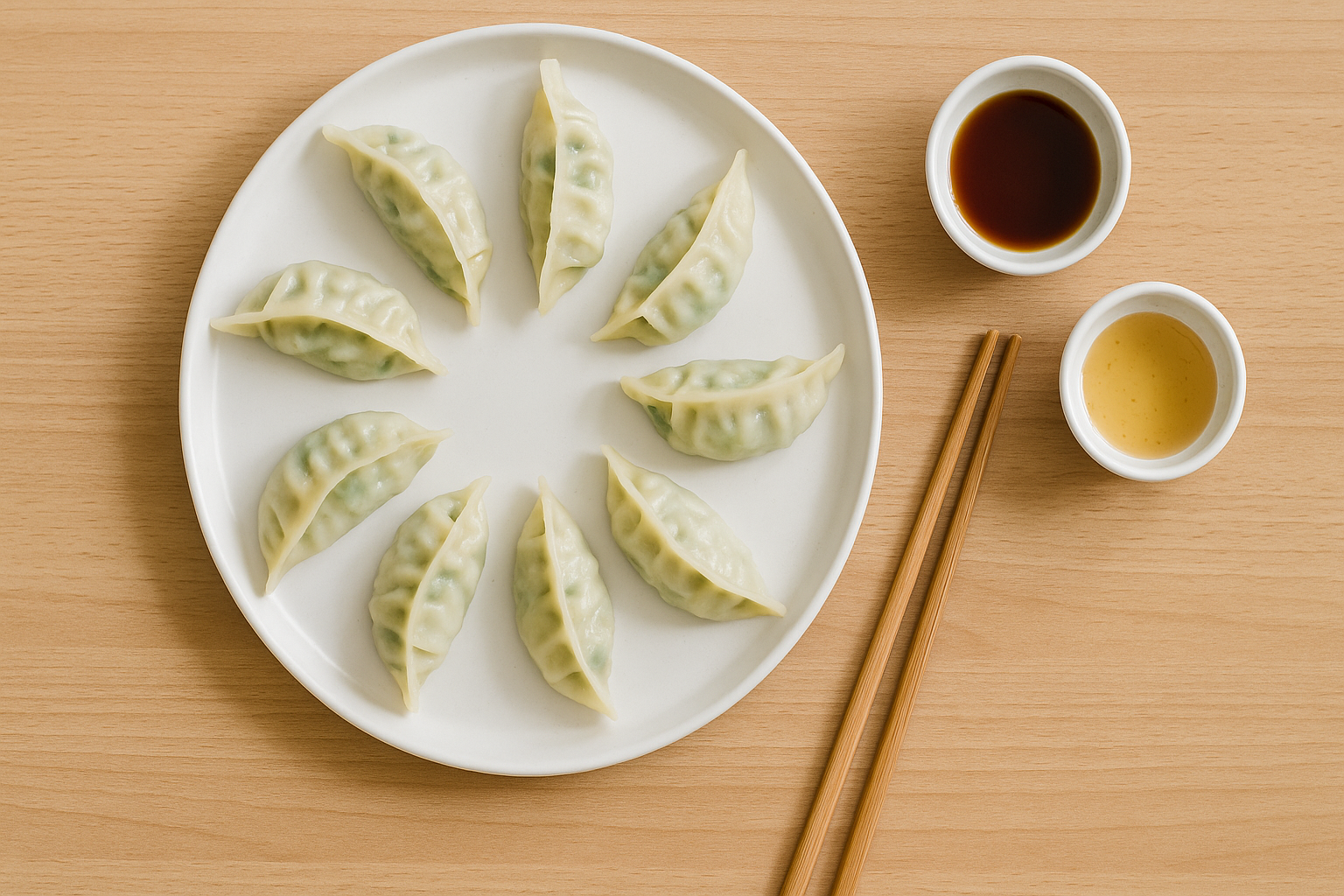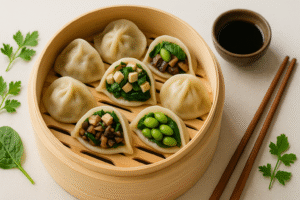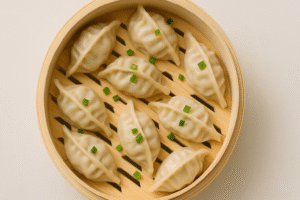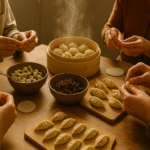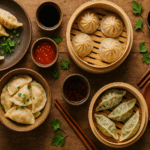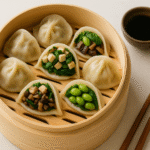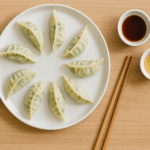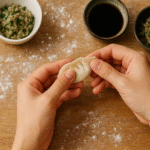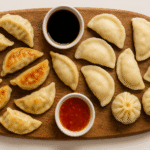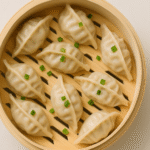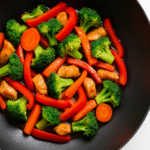Dumplings are one of the most comforting and versatile foods in the world. Whether steamed, boiled, or fried, these dough-wrapped parcels of flavor have found a place in nearly every culture. But when it comes to nutrition, opinions often differ — are dumplings a healthy meal or an indulgent treat?
The answer depends on several factors: the ingredients used, the portion size, and the cooking method. This article breaks down the nutritional profile of dumplings, explores healthier alternatives, and helps you make choices that fit your diet without sacrificing taste.
The Nutritional Basics of Dumplings
A dumpling typically contains two main components: the wrapper and the filling. Both play a role in determining its nutritional value.
- Wrappers: Usually made from refined wheat flour, though some versions use rice flour or potato starch. The wrapper is mostly carbohydrates and contributes calories without much fiber.
- Fillings: Can range from high-protein meats to fiber-rich vegetables. The nutritional balance depends largely on the type of filling used.
- Cooking Method: Steaming keeps calorie count low, while frying increases fat content significantly.
In moderation, dumplings can fit into a balanced diet, especially when paired with vegetables or broth rather than oily dips.
Comparing Cooking Methods and Their Health Impact
| Cooking Method | Texture | Average Calories (per 5 pcs) | Fat Content | Best For |
|---|---|---|---|---|
| Steamed | Soft, moist | 150–180 | Low | Light meals, vegetarian fillings |
| Boiled | Soft, tender | 180–200 | Moderate | Classic jiaozi or pierogi |
| Pan-Fried | Crispy bottom, soft top | 250–280 | Moderate–High | Gyoza, potstickers |
| Deep-Fried | Crunchy all over | 350–400+ | High | Street food or indulgent treats |
Conclusion: If you’re looking for the healthiest preparation, steaming or boiling are your best options. Pan-frying adds extra flavor and texture but should be enjoyed occasionally.
The Healthier Side of Dumplings
Dumplings can be as healthy as you make them. By choosing the right ingredients and preparation methods, they can provide a balanced mix of protein, carbohydrates, and fiber.
1. Choose Whole Grain or Gluten-Free Wrappers
Whole wheat wrappers offer more fiber and micronutrients. Gluten-free options made from rice or tapioca flour are suitable for those with sensitivities.
2. Focus on Lean Protein
Use chicken, turkey, fish, or tofu instead of fatty meats. This reduces saturated fat while maintaining satisfying flavor and texture.
3. Load Up on Vegetables
Vegetables like cabbage, spinach, mushrooms, and carrots add fiber, vitamins, and minerals while keeping the calorie count low.
4. Use Less Oil
Steam or boil dumplings whenever possible. If pan-frying, use minimal oil and blot excess grease with a paper towel before serving.
5. Mind the Dipping Sauce
Sauces can easily double the calorie count if high in sodium and sugar. Opt for low-sodium soy sauce, chili oil in moderation, or vinegar-based dips.
The Role of Portion Control
Even healthy dumplings can become excessive when portions are too large. A balanced serving size is six to eight medium dumplings accompanied by vegetables or soup.
To avoid overeating:
- Eat slowly and savor each bite.
- Avoid pairing with high-calorie sides.
- Stop once you feel comfortably full, not stuffed.
Example of a Balanced Dumpling Meal
| Component | Example | Benefit |
|---|---|---|
| Main | Steamed chicken and vegetable dumplings | High in protein and low in fat |
| Side | Stir-fried bok choy or cabbage | Adds fiber and vitamins |
| Sauce | Light soy and vinegar mix | Enhances flavor without excess calories |
| Drink | Green tea or water | Aids digestion and hydration |
This type of meal provides roughly 350–450 calories, depending on portion size, and delivers a satisfying balance of nutrients.
Are Vegetarian Dumplings Healthier?
Vegetarian dumplings often have fewer calories and less fat compared to meat-filled ones, but the health benefits depend on ingredients. A tofu and mushroom filling is rich in plant-based protein, while spinach and carrot fillings offer more fiber and antioxidants.
Avoid fillings that rely heavily on starch or cheese, as they can raise calorie density without much added nutrition.
FAQs
Yes, if prepared with balanced ingredients and cooked by steaming or boiling. The nutritional value depends on the filling and portion size.
In moderation, yes. Dumplings made with lean protein and vegetables can be part of a regular diet, but fried or high-fat varieties should be limited.
Lean meats like chicken or fish, or plant-based options like tofu, mushrooms, and spinach are excellent.
Use thinner wrappers, steam instead of fry, and serve with vinegar-based dips rather than heavy sauces.
It depends on the brand. Check nutrition labels for sodium, preservatives, and fat content. Homemade dumplings are usually healthier since you control the ingredients.
Conclusion
Dumplings can be both comforting and nutritious when prepared thoughtfully. Their reputation as an indulgence comes mostly from fried versions or high-fat fillings, but steamed or boiled dumplings with lean protein and vegetables fit comfortably into a healthy diet.
By controlling portion size and choosing cleaner ingredients, you can enjoy dumplings as often as you like — without the guilt.
